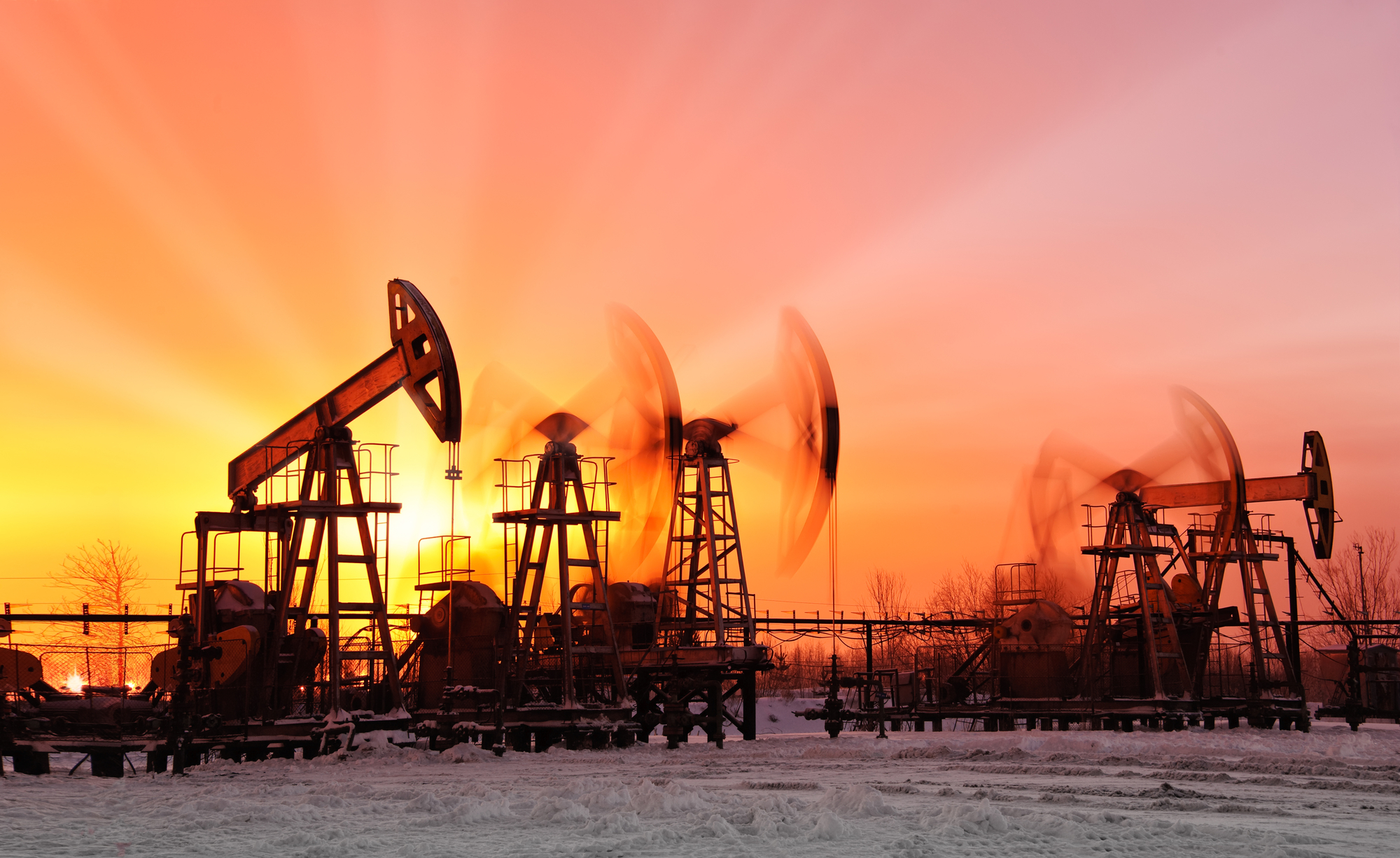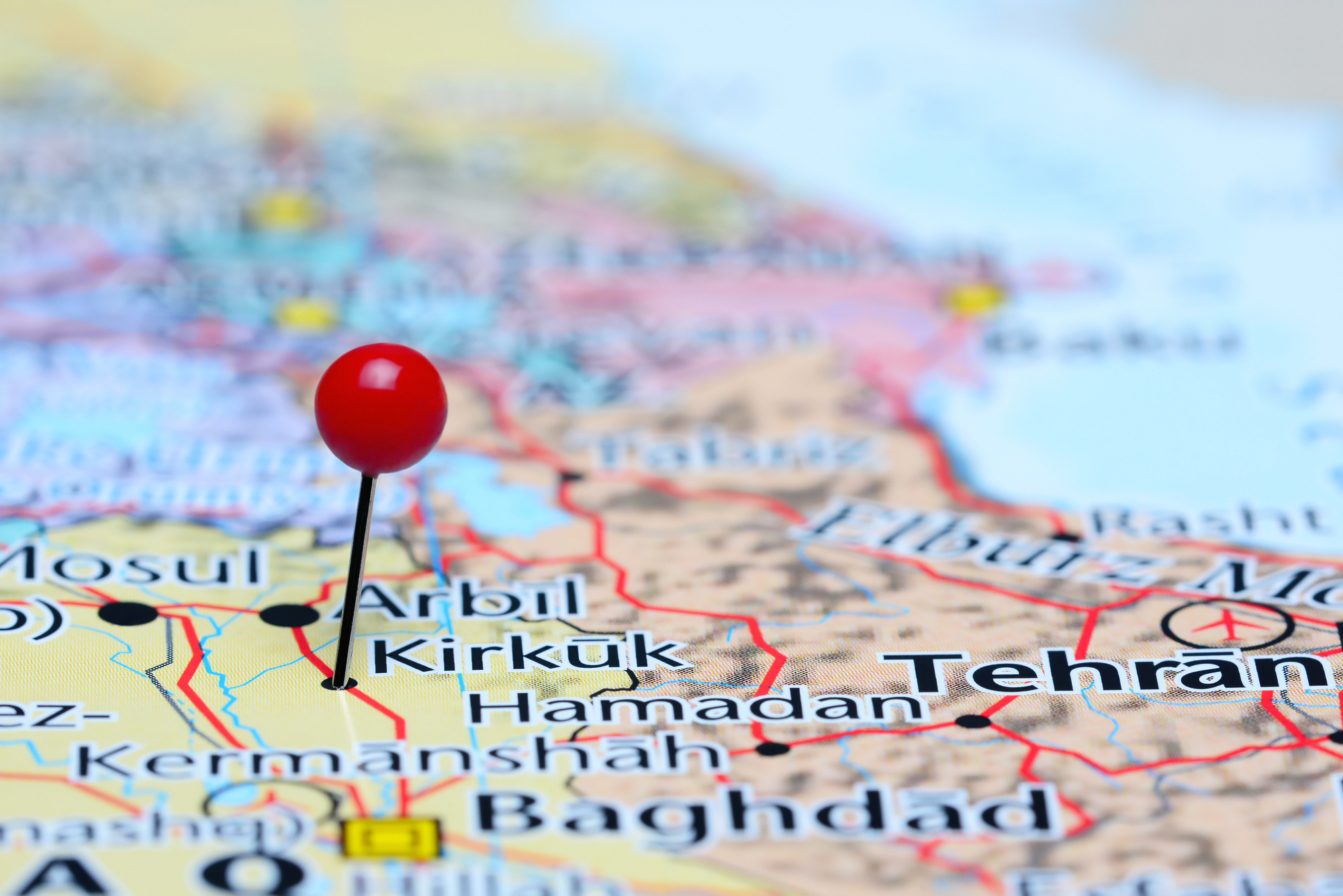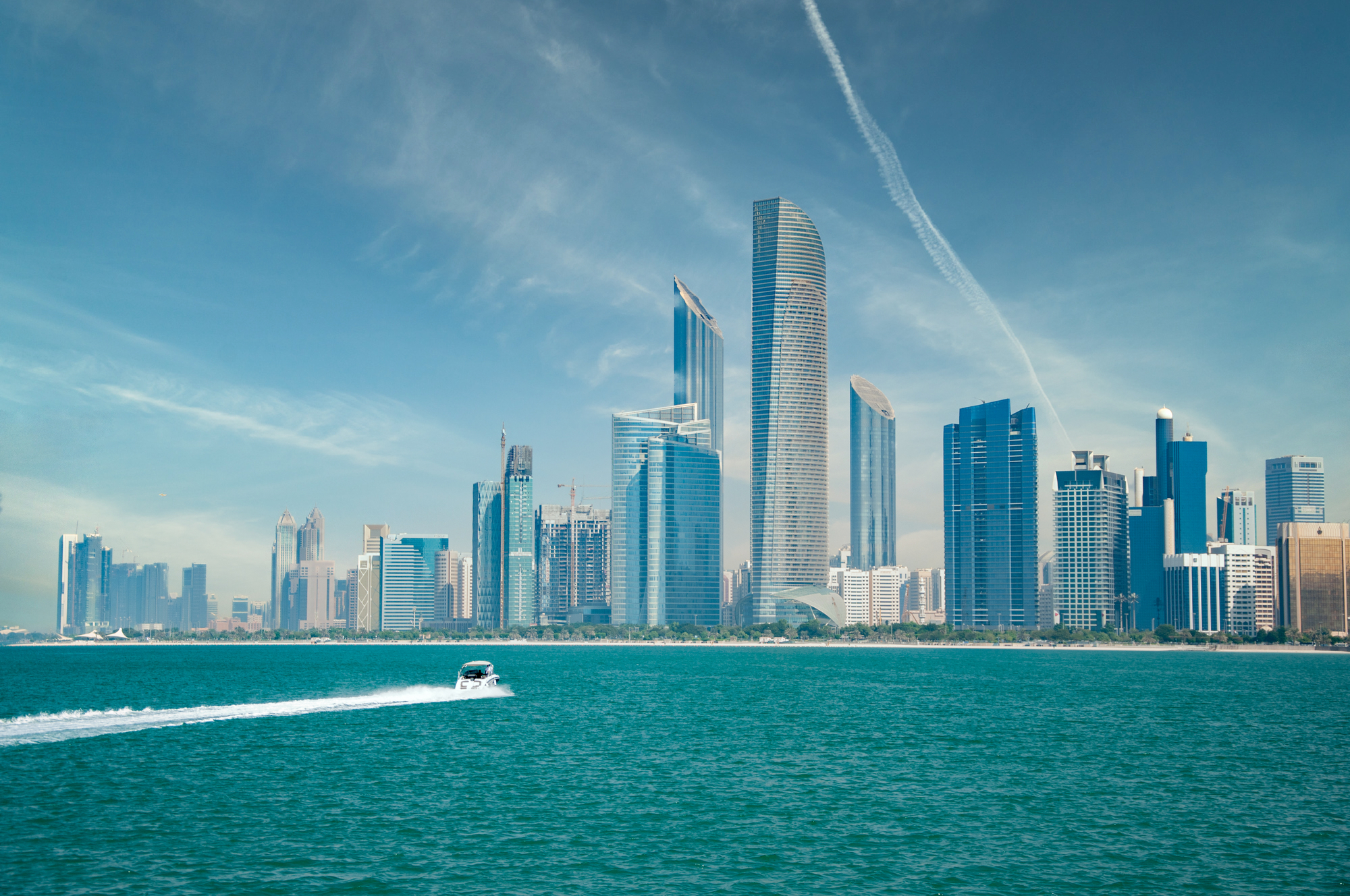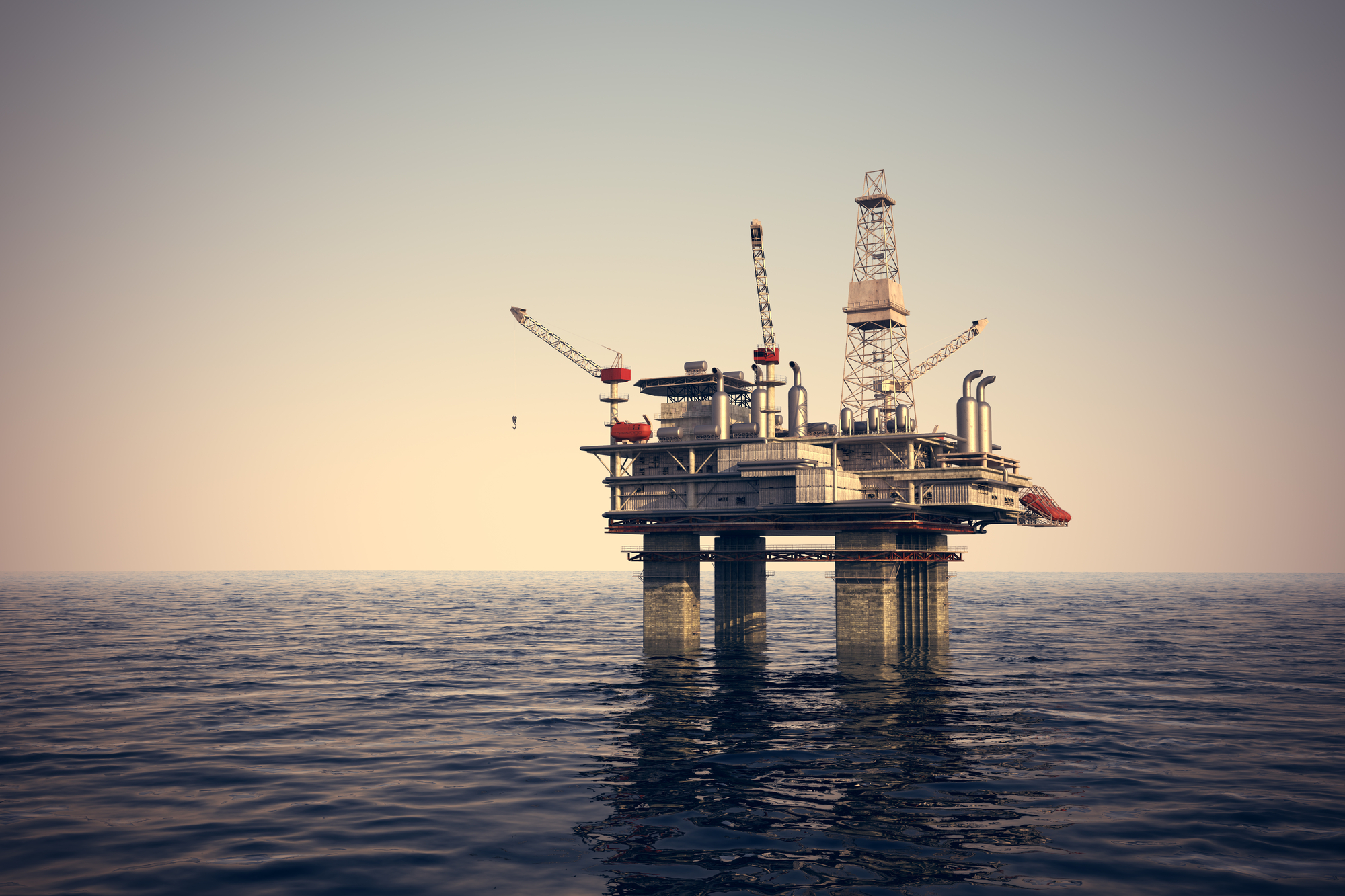Dalia Crude Oil of Angola: Its History, Production and Price
In the oil world, there are few places as critical as Angola. The country is a significant supplier of crude oil to countries such as the U.S., China, and India. Production in Angola has continued to grow steadily over the past decade. The country produces roughly 9% of the world’s oil supply and is also home to some of the world’s largest petroleum reserves.
If you want to learn more about Dalia crude oil from Angola and how it’s produced, read on for everything you need to know about this essential resource. This article will cover Everything You Need To Know About Dalia Crude Oil of Angola- its History location, price, production, Transportation, and the companies that own it.
What is Dalia Crude Oil?
Dalia crude oil is a type of oil found predominantly in Angola. It is often refined into gasoline and diesel fuel. Dalia crude oil is a light, sweet type of crude oil rich in hydrocarbons, making it an optimal choice for refineries worldwide.
When crude oil is extracted from the ground, it must be transported by tanker to refineries for processing into valuable fuels. Dalia crude oil is often used as a benchmark priced as a differential to Dated Brent.
Dalia crude oil is considered very price sensitive, meaning that a price change will likely result in a shift in demand. This can make it a great indicator of how the oil market will move.
History of Dalia Crude Oil in Angola
Dalia crude oil has been produced in Angola since the early 1990s. Angolan crude oil is a product of the rich oil fields in the country’s southwest region. The first oil company to begin production in Angola was the Sonangol Group, the country’s national oil company.
The Sonangol Group set up its first oil rig in 1994. The OPEC-member country began exporting its oil products by 1995. Angolan crude oil produced from the Southwest region has a high sulfur content, making it ideal for the American market.
The crude oil from Southwest Angola is also priced at a discount because of its accessibility. The country’s crude oil production peaked in 2001 when it hit 1.9 million barrels per day. This production level was sustained for 15 years until 2016, when Angola’s total crude oil production fell to 1.7 million barrels per day.
This drop in production is attributed to the country’s shrinking crude oil reserves and insufficient exploration and production activities investment.
Where is the Dalia Crude Oil Found?
The Dalia crude oil is found predominantly in the Southwest region of Angola, which is also the country’s most productive region. It’s located in the offshore areas of the Atlantic Ocean, just off the coast of Angola. It’s also found onshore in the Caconda and Massabi areas of the Ubangi River Basin.
How is Dalia Crude Oil Produced?
The production of the Dalia crude oil begins with the exploration and drilling of oil rigs in the Southwest region of Angola. Once the oil has been discovered, it is extracted from the ground through drills and pumps.
The crude oil is then transported to a refinery by boat or pipeline. The transportation method depends mainly on the location of the refinery and the quantity of oil being transported.
After the oil is delivered to the refinery, it is refined into petroleum products, such as gasoline and diesel. The Dalia crude oil is known for its high quality, which makes it optimal for refining into gasoline and diesel.
Transportation of Dalia Crude Oil
The Transportation of the Dalia crude oil begins with extracting the oil from the wells. The oil is then transported by pipeline to the coast of the Atlantic Ocean. Oil tankers transport the oil from the coast to refineries around the world.
As mentioned above, the Transportation of the oil can vary depending on the refinery’s location. In general, the oil is transported by ship when it has been refined into petroleum products. Crude oil is transported by boat because it is less dense than water, making it easier to skim off the sea’s surface.
Owners and Operators of Dalia
The Angolan government owns the majority of the oil fields in the country. However, the government has allowed private oil companies to have a hand in the production of the Dalia crude oil.
The prominent companies that own the Dalia crude oil are Sonangol, BP, and Chevron. These oil companies own the onshore and offshore oil fields in Angola and the equipment used for drilling and extraction.
The government of Angola will receive taxes from these companies and royalties. Royalty payments are made to the government per-barrel basis, while taxes are paid on a per-barrel-equivalent basis. The production of the Dalia crude oil has brought wealth and prominence to Angola, which has helped to spur economic growth in the country.
Trading Price of Dalia Crude Oil
Price reporting agencies publish the daily assessment for Dalia on a FOB basis, loading from the Dalia FSPO, with a typical cargo size of 950,000 barrels.
Differentials to the Dated Brent Strip are also assessed and published.
The value of Dalia itself is calculated by applying the market differential of Dalia to the current Dated Brent value.
Dalia CFR North Asia assessments are also available.
Whats Makes Dalia Unique?
Many properties make Dalia crude oil of Angola unique, but one stands out as the most obvious: Its black colour.
Dalia is a thick, tar-like oil that seeps out of deep wells dug into the hot, dry ground of the Kalindi Peninsula. The area is an active oil field made up of over 200 wells, which produce about 25,000 barrels a day.
Dalia’s black color comes from its high content of heavy crude oil, which makes it an essential part of Angola’s energy supply and helps to power the country’s economy. Angola is the world’s second-largest producer and exporter of crude oil after Saudi Arabia.
As a thick oil with low viscosity, Dalia can be easily transported and pumped through pipelines to refineries in other countries. Because it has a lower heating value than lighter crudes such as Brent crude, Angola’s refineries use Dalia instead to produce fuel oil and other products.
Dalia also has higher sulfur content than lighter crudes, so that it can make chemicals such as plastics or fertilizers.
Since most heavy crudes have about 10 percent sulfur content by weight, Dalia can also be used for making synthetic rubber or plastic bags. In addition, since it doesn’t require additional processing like light crude does.
Conclusion
The Dalia crude oil is a light, sweet crude oil found predominantly in Angola. The crude oil is produced from the country’s southwest region, which is also the country’s most productive region.
Oil tankers extracted crude oil from the ground and transported it to refineries. The production of the Dalia crude oil has brought wealth and prosperity to Angola and helped spur economic growth in the country.
The Dalia crude oil is a benchmark for prices traded frequently in the North Sea. Therefore, knowing what is happening in this market is an excellent way for oil analysts to review global oil prices and trends.






0 Comments